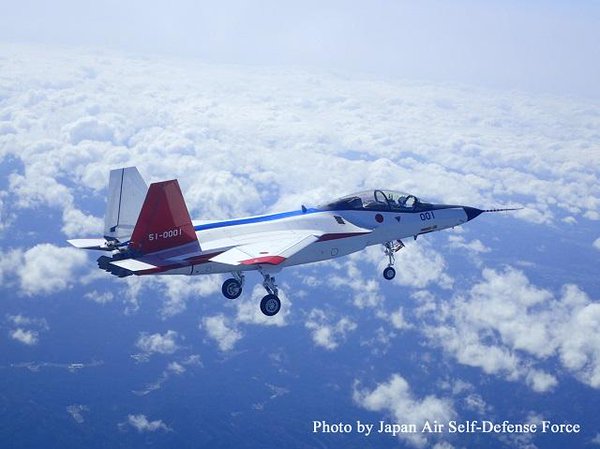
Ceres' Haulani Crater, with a diameter of 21 miles (34 kilometers), shows evidence of landslides from its crater rim. Photo: NASA/JPL-Caltech/UCLA/MPS/DLR/IDA
NEW DELHI (BNS): Dawn has provided scientists with spectacular views of the dwarf planet Ceres. Craters with bright material on the dwarf planet shine in new images from NASA's Dawn mission.
Haulani Crater, with a diametre of 21 miles (34 kilometres), has shown evidence of landslides from its crater rim. Smooth material and a central ridge stand out on its floor, according to scientists.
An enhanced false-colour view allows scientists to gain insight into materials and how they relate to surface morphology. This image shows rays of bluish ejected material. The colour blue in such views has been associated with young features on Ceres.
"Haulani perfectly displays the properties we would expect from a fresh impact into the surface of Ceres. The crater floor is largely free of impacts, and it contrasts sharply in colour from older parts of the surface," said Martin Hoffmann, co-investigator on the Dawn framing camera team, based at the Max Planck Institute for Solar System Research, Göttingen, Germany.
The crater's polygonal nature (meaning it resembles a shape made of straight lines) is noteworthy because most craters seen on other planetary bodies, including Earth, are nearly circular, they said.
The straight edges of some Cerean craters, including Haulani, result from pre-existing stress patterns and faults beneath the surface. A hidden treasure on Ceres is the 6-mile-wide (10-kilometer-wide) Oxo Crater, which is the second-brightest feature on Ceres (only Occator's central area is brighter).
Oxo lies near the 0 degree meridian that defines the edge of many Ceres maps, making this small feature easy to overlook. Oxo is also unique because of the relatively large "slump" in its crater rim, where a mass of material has dropped below the surface. Dawn science team members are also examining the signatures of minerals on the crater floor, which appear different than elsewhere on Ceres.
"Little Oxo may be poised to make a big contribution to understanding the upper crust of Ceres," said Chris Russell, principal investigator of the mission, based at the University of California, Los Angeles.
Dawn delves into the unknown and achieves what's never been attempted before. A mission in NASA's Discovery Programme, Dawn orbited and explored the giant protoplanet Vesta in 2011-2012, and now it is in orbit and exploring a second new world, dwarf planet Ceres.
 Previous Article
Previous Article Next Article
Next Article












The Indian Air Force, in its flight trials evaluation report submitted before the Defence Ministry l..
view articleAn insight into the Medium Multi-Role Combat Aircraft competition...
view articleSky enthusiasts can now spot the International Space Station (ISS) commanded by Indian-American astr..
view article